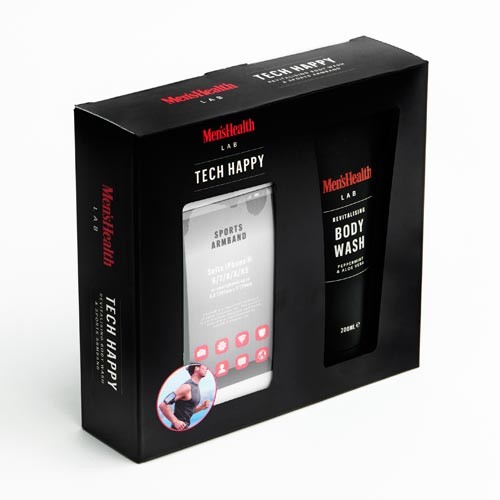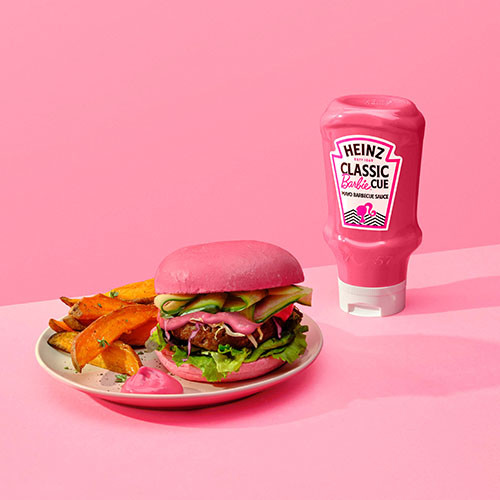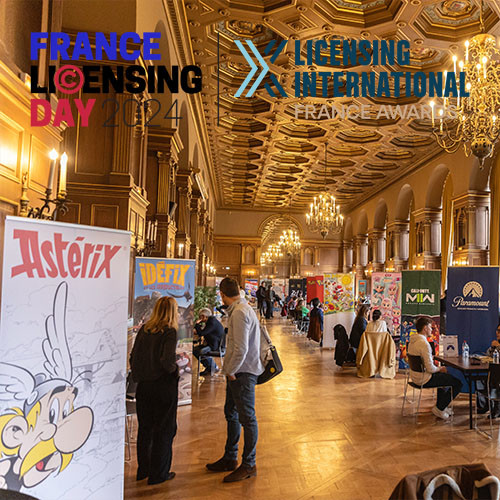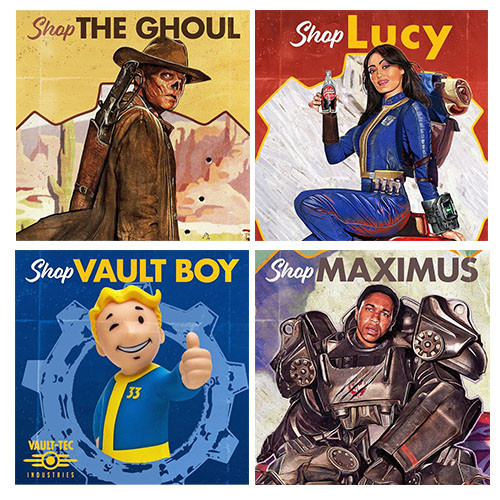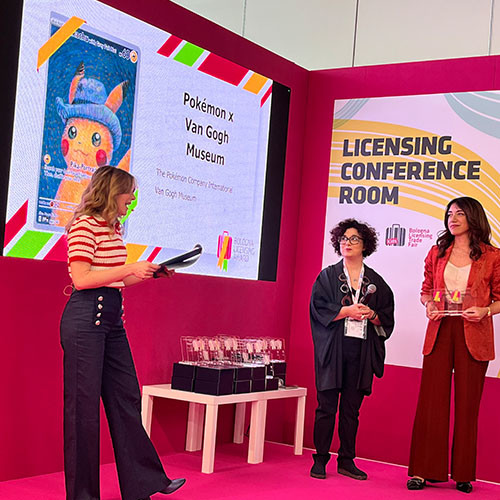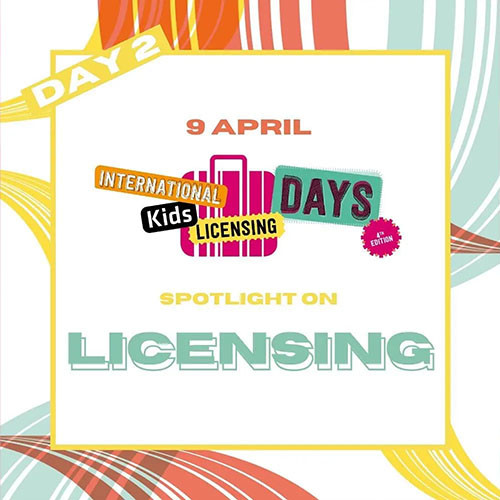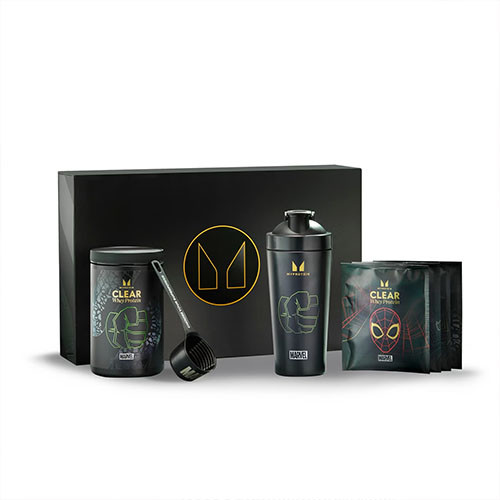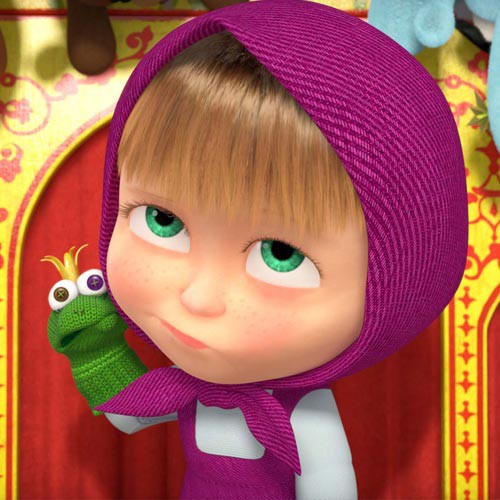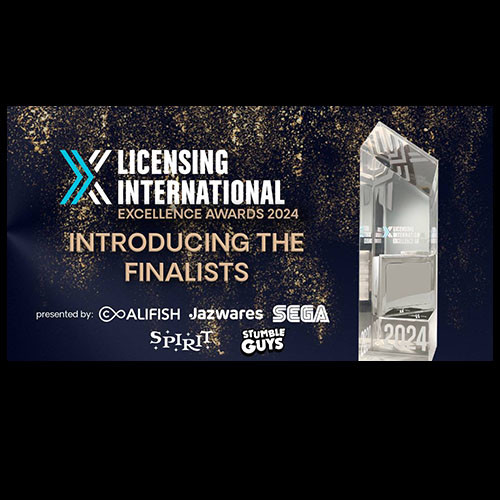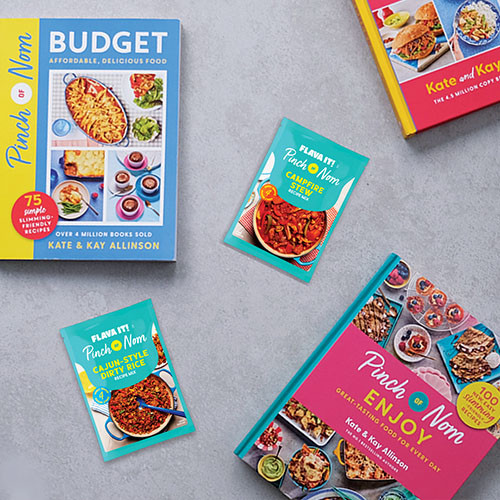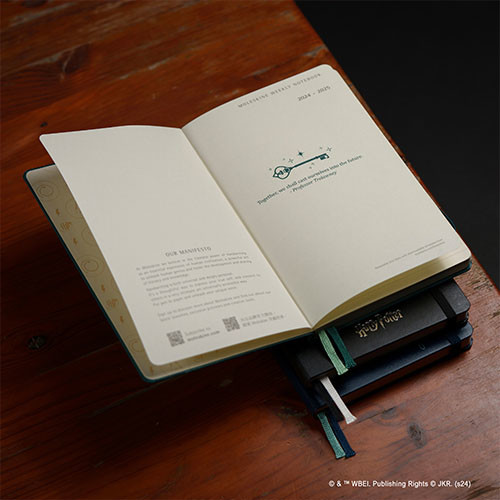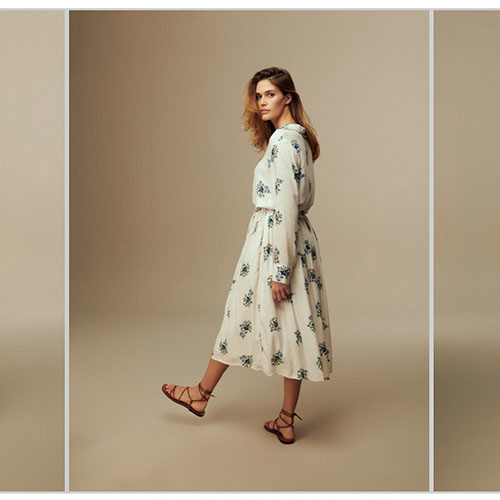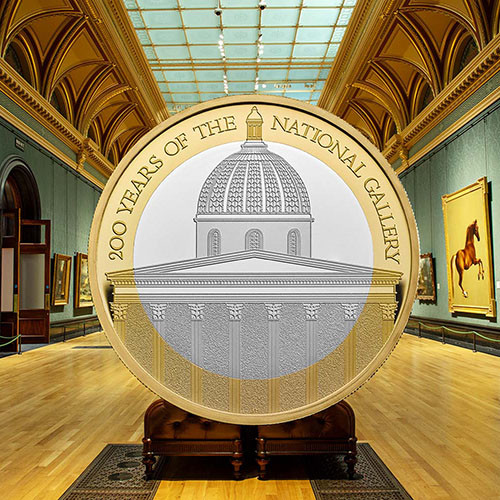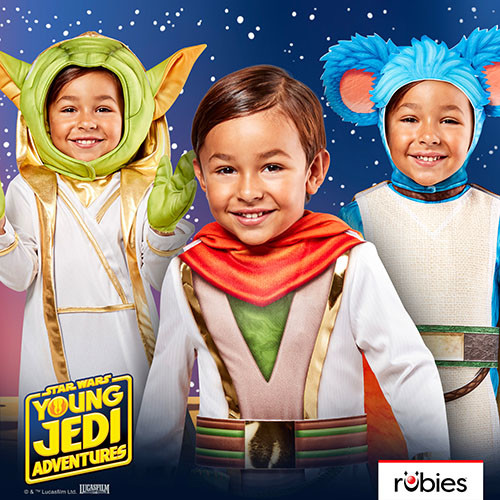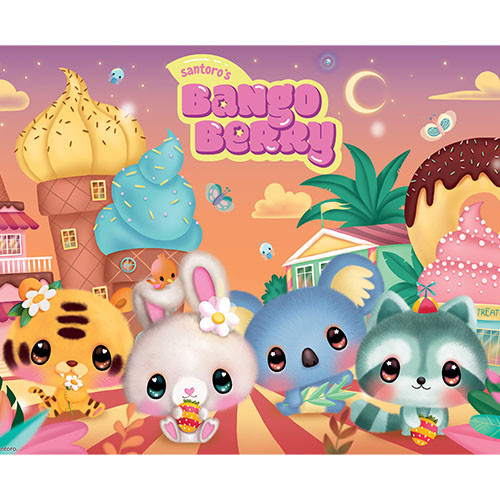We chat to licensing manager Sophie Rowlands about what she looks for in a children’s licence.
Firstly, could you give us some background on Kennedy Publishing?
Kennedy Publishing was formed in 2005 by Paul Kennedy and Joanne Ford, with a portfolio of just two children’s compilation titles: Pink and Busy Time. Fast-forward to 2016 and we now publish over 20 different titles in the UK and Germany, and hold licences for more than 25 different character brands.
We have been operating in the licensing arena for nearly a decade, and have built and maintained many strong relationships with key licensors in the preschool sector. We continue to form new relationships, most recently working with Sanrio to publish the official Mr Men and Hello Kitty magazines, and Silvergate and Penguin to relaunch Peter Rabbit.
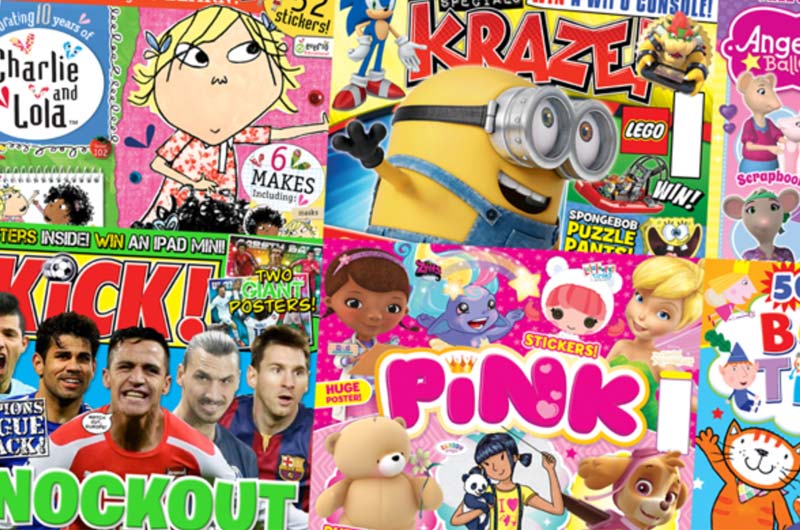
What do you look for in a children’s licence?
Licensing is a key part of our business; we are committed to bringing children their most-loved characters, and all of our titles feature the most popular children’s television characters and must-have toy brands. We look to work with licensors that are passionate about their brands and engaged with their licensees; supporting us in creating ‘on-brand’ editorial, but also allowing our small team of talented designers the freedom to express their own creativity.
It is important to us that children are able to identify with a brand, therefore we look for licences that generate an emotional connection with both children and their parents, who ultimately will regulate the brands their children consume. It is also key that licences are resilient, especially in the children’s licensing arena, where the popularity of brands is constantly shifting. We are continually looking to develop our licensing portfolio, and, luckily for us, there are always new children’s licences on the horizon, providing us with fresh and ‘on-trend’ content for our magazines.
We have recently enjoyed acquiring licences for new children’s brands, such as Boj, which has proved a huge hit on CBeebies. At the same time, we are committed to iconic and beloved brands, such as Sanrio’s Mr Men, for which we now publish the official magazine. Parents can identify with the classic characters from their childhood, which have been reinvented for a new generation. Our magazine sales are directly impacted by a licence’s performance, so it is important that we look for well-established and well-managed brands that will enjoy longevity.
There is no set formula for success, but, essentially for us, a brand needs to have captivating characters, imaginative storytelling and, above all, an element of fun to help capture the excitement of being young.
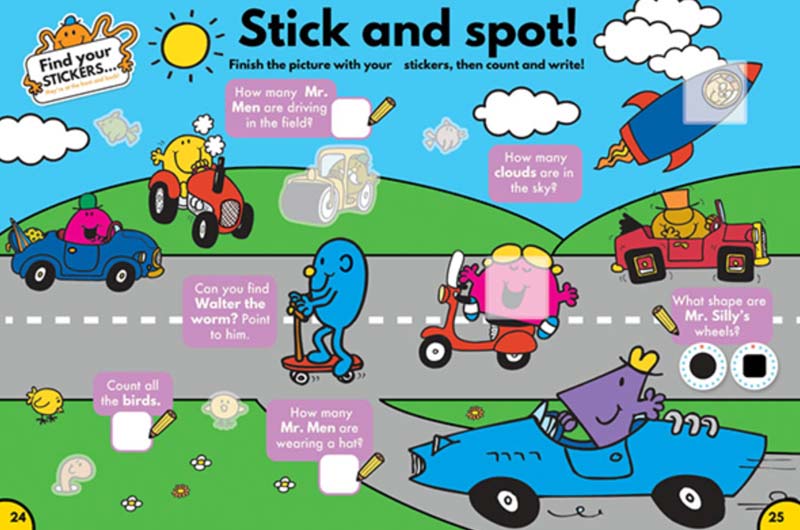
How is the market performing?
In a time when print publishing may generally be in decline, the children’s magazine sector remains buoyant. Many parents are keen to reduce the amount of time their children spend fixated on screens, and are therefore prepared to spend money on quality magazines which encourage their children to enjoy reading, writing and interacting with a variety of imaginative activities.
The preschool magazine market continues to be hugely competitive, with more titles than ever fighting for limited shelf space; indicative of just how well the market is performing as a whole. Entertaining editorial content, exciting covermounted gifts and relatively low cover prices all help magazines to be perceived as high-value purchases, offering good value for money. Despite the overall decline in print media, children’s magazines have endured, with many licensors still regarding a magazine publishing deal to be a substantial part of their brand’s licensing programme.
How is Kennedy performing?
We are one of the fastest-growing independent children’s publishers in the UK, with our portfolio expanding from two to over 20 titles in just a decade. All of our titles continue to hold their own in a highly competitive market, with some enjoying a year-on-year circulation rise. Our portfolio also continues to thrive, as seen in our regular acquisition of new titles. Consistently producing compelling editorial and gifts is behind the success of our magazines, which reach some 250,000 children each month.
What are you particularly proud of?
We pride ourselves on our creative and passionate team of designers and editorial staff, who have an innovative approach to producing outstanding magazines. We constantly strive to create content that is imaginative and stimulating; ensuring children are absorbed from cover to cover. As a privately owned company, we place great value on our close relationships with licensors and offer longer-term publishing for their brands, something we are especially proud of.
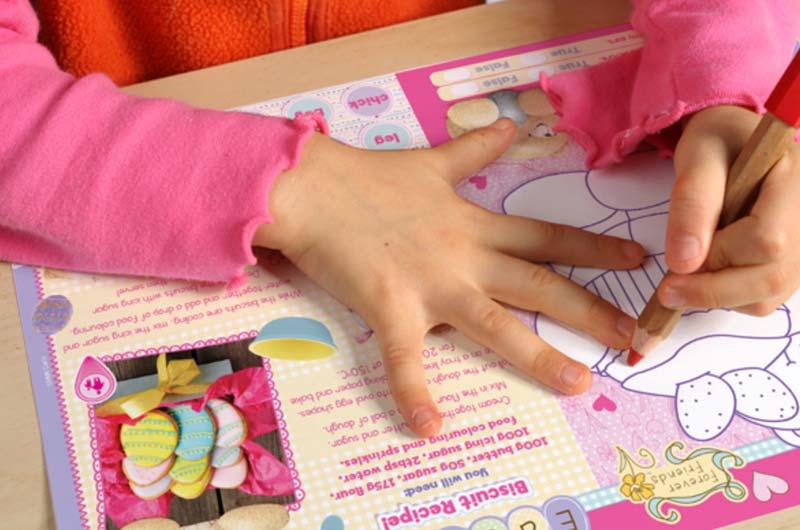
What trends are you observing?
The biggest change is in the continuing growth of the digital world and the diverse range of media now available to preschoolers. To date we have resisted digitising any of our content as we are confident that children’s magazines have, and always will endure because of the very fact that they are interactive, physical products. Children buy our magazines with their pocket-money, with parents and grandparents appreciating the benefits of encouraging children to read from an early age.
It is always hard to predict what the next trend will be in the preschool sector (children can be fickle!), but at the moment collectible toy lines such as Shopkins and Num Noms are proving a huge success. We have seen that children’s magazines are often an impulse purchase, largely driven by the covermount offering, and, therefore, it is important that we continue to source fun, new gifts to be packaged with our magazines.
What are your predictions for the future?
I suspect the number of children’s characters and magazines are only going to increase, and therefore so is the competition for everyone involved in the children’s magazine market. I also predict the licensing sector to grow; in particular, the pre-teen boys market, where we have seen multiple magazine launches of late, including several hugely popular LEGO and Minecraft titles. The preschool girls sector is also likely to do well, as we saw with the phenomenal success of Frozen.
It’s impossible to predict what children’s reading habits of the future will be, or how magazines will fair, especially in times of possible economic uncertainty in the UK. But I’m confident magazines will survive as a physical product, continuing to grow and evolve along with the changing times. Many school libraries stock magazines as they encourage children to read, and enjoy time away from computer screens. Therefore, as a company, we will continue to offer high-value products that engage and educate children to the highest possible standard.
This feature originally appeared in the autumn edition of Licensing Source Book. Click here to read the full publication.











